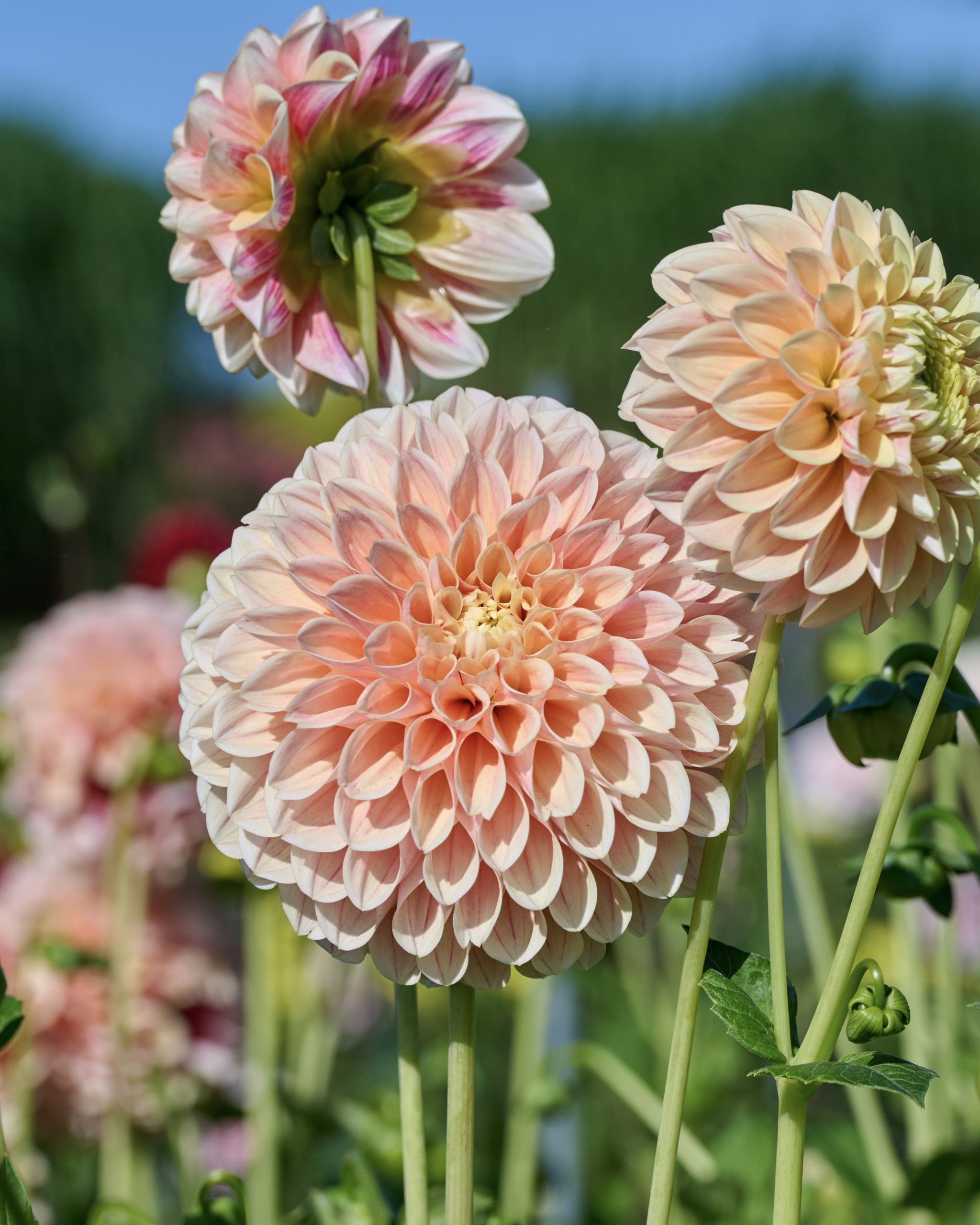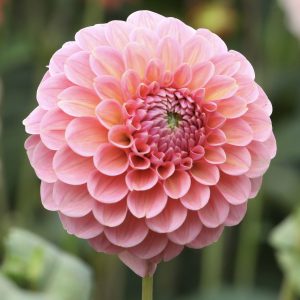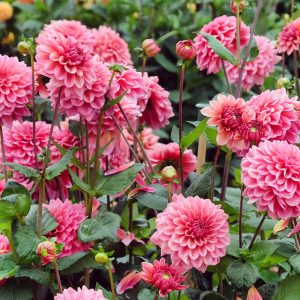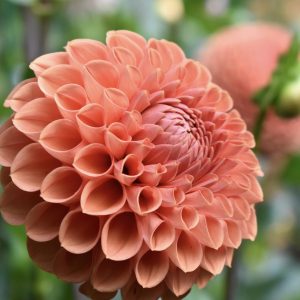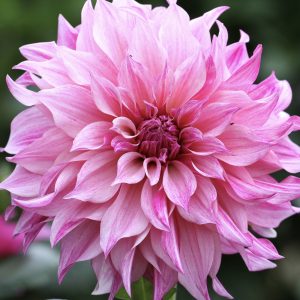Dahlia Sweet Suzanne
$14.00
Sweet Suzanne is a must grow for all dahlia lovers. With its warm peach and champagne tones, and soft yellow center, its romantic color palette deserves a spot in your garden and bouquets. Adding even more interest to its already gorgeous coloring is its slightly fringed tips, adding just a bit more texture and dimension to this stunner.
** Price is for one tuber. A shipping window based on your USDA growing zone must be selected prior to checking out. If you choose the incorrect shipping date for your USDA zone, please be advised that you assume FULL responsibility of an early shipping date. That includes cold damage in transport and/or any issues of improper winter storage of tubers. If you do not know your USDA zone, click the link below and enter your zip code, https://planthardiness.ars.usda.gov.
Form: Ball
Bloom size: 4 in
Site: Full sun. In zones where it is quite hot, dahlias will benefit from afternoon shade or to be grown under shade cloth.
Plant spacing: 12 to 18 in
Pinch: when 12 in tall
Harvesting/Vase Life: Dahlias don’t open much once they’ve been harvested so it’s important to not pick them too early. Harvest flowers when they are three-quarters of the way open.
Dahlia Planting Guide
1. Dahlias require at least 6 hours of direct sun. Growers in the South and in areas where summer temperatures are extreme, plant dahlias where they will receive afternoon shade, or grow them under a shade cloth. We prefer a white shade cloth that blocks 30-50% of the sun.
2. Dahlias are cold sensitive and should not be planted outside until the soil has warmed to above 60F and ALL DANGER OF FROST HAS PASSED. You can find online your last frost date.
3. Select a sunny spot with good draining soil. Amend the soil with a composted cow/steer manure – avoid chicken manure, as it is too high in nitrogen and can burn tubers and cause more foliage than flowers. Add an additional well balanced organic fertilizer at the time of planting. Dahlias prefer fertilizers with low nitrogen and high potassium and phosphorus. Commercial fertilizers have a 3 number component series representing their N (nitrogen), P (phosphorus), K (potassium) values. We prefer to add fertilizers that the N (nitrogen) value is half or less than half of the P (phosphorus) and K (potassium). Examples of this would be 2-4-4, 3-9-4, 4-10-7, 5-10-10, 2-15-15, 8-16-16, 6-30-30, anything close to this would work great and does not have to be an exact match – just as close as you can find. Mix all components well to distribute evenly into the soil.
4. Dig a hole 4-6 inches deep and lay tuber horizontally, with its “eyes” facing up. Back fill the hole, covering completely. Space dahlia tubers 12-18 inches apart.
5. Moisten the soil slightly after planting, as too much water can cause the dahlia tuber to rot, you only want the soil to be slightly damp. Do not water again until tubers sprout.
6. Once tubers have sprouted, you can begin to water regularly. Dahlias require consistent watering throughout the growing season.
7. Once plants reach 10-16 inches tall and have at least 3-4 sets of leaves on the center stalk, give them a hard pinch by snipping out 3 to 4 inches of the stem, right above a leaf set, to encourage low branching, which increases flower production and overall stem length.
8. By midsummer, you’ll need to stake tall plants to keep them from falling over. T-posts and twine is an easy and inexpensive way to keep them upright.
9. While dahlias are not long-lasting cut flowers, you can get 5 days from flowers if harvested at the proper time. Since dahlias don't open much after they’ve been harvested, it’s important to pick them almost fully open, but not overly ripe. Be sure to use floral preservative in the water.
Related Products
Related products
-
Dahlia Tubers
Dahlia Linda’s Baby
$14.00 Select options This product has multiple variants. The options may be chosen on the product page -
Dahlia Tubers
Dahlia Salmon Runner
$14.00 Select options This product has multiple variants. The options may be chosen on the product page -
Dahlia Tubers
Dahlia Cornel Bronze
$10.00 Select options This product has multiple variants. The options may be chosen on the product page -
Dahlia Tubers
Dahlia Café Au Lait Royal
$14.00 Select options This product has multiple variants. The options may be chosen on the product page

